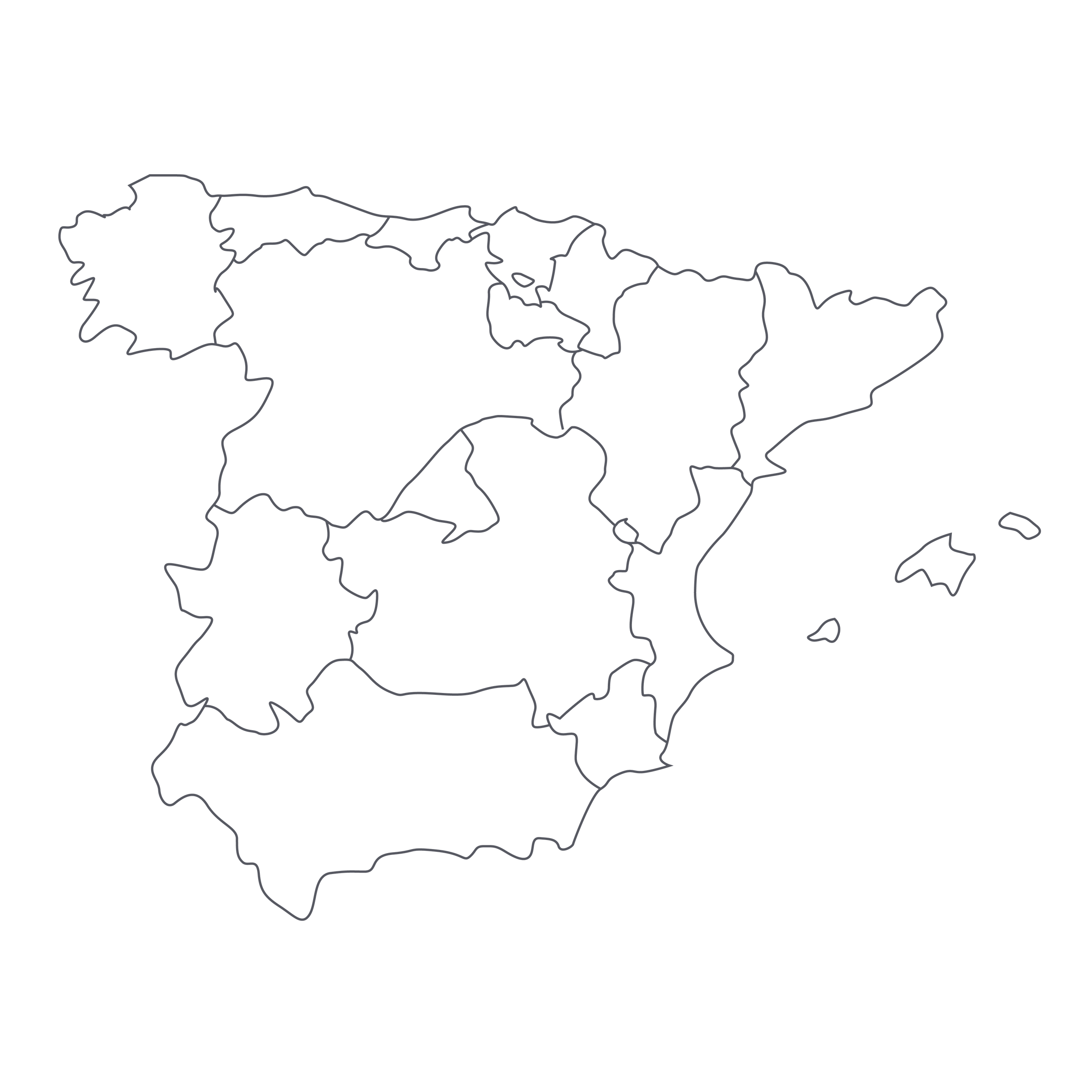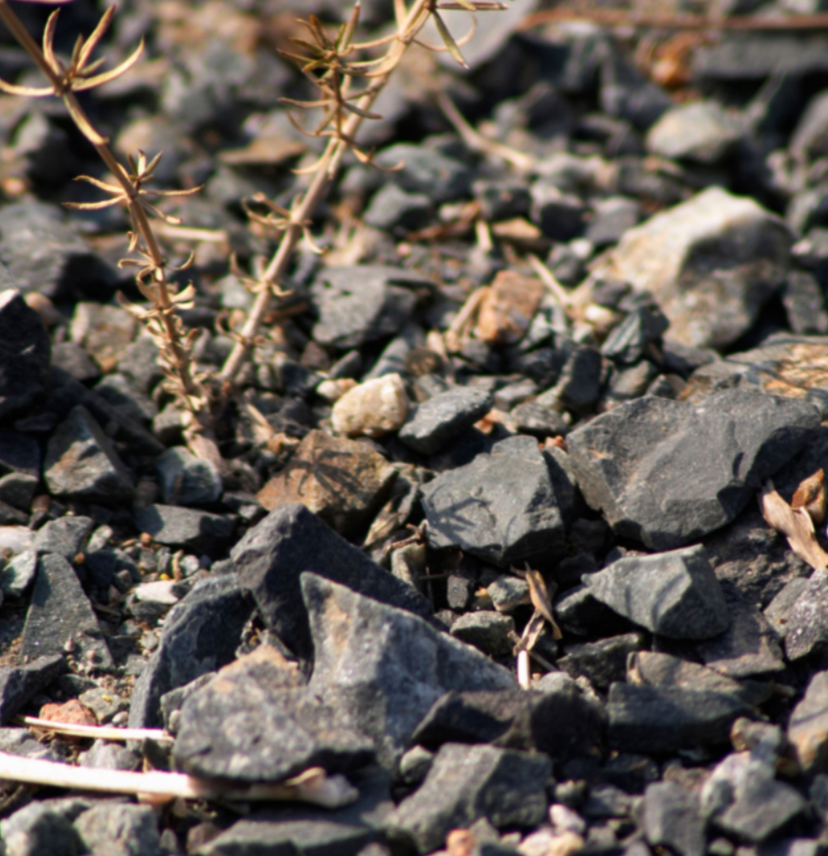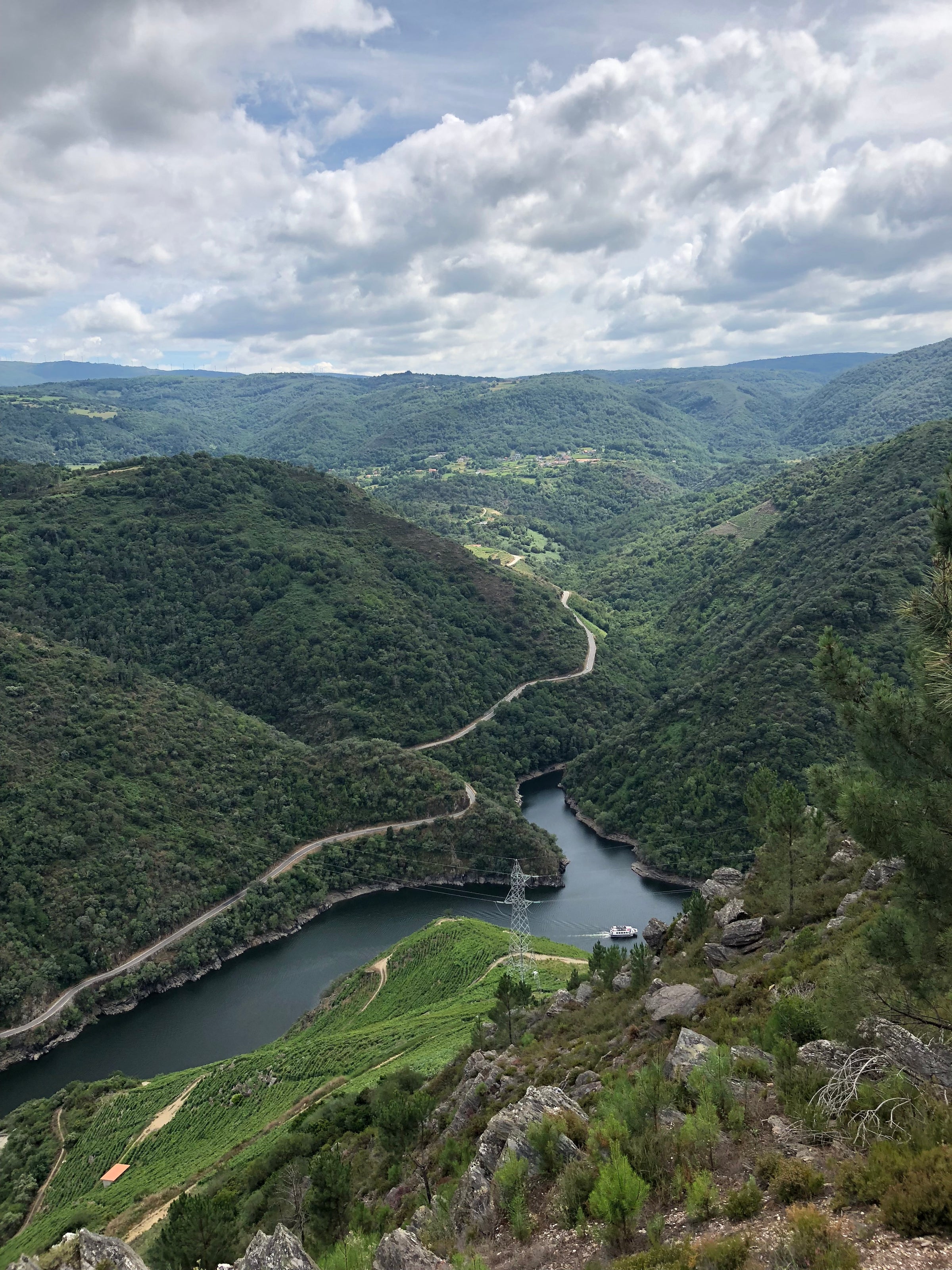I’d seen plenty of pictures, and enjoyed more than my share of the wines, but visiting Spain’s Galicia region last summer and walking (more like traversing) the vineyards of Ribeira Sacra brought it all home for me: vines tumbling down the sides of steep, dramatic river gorges, chunks of granite poking out here and there, everything a shade of green as far as the eye can see…every sip of Ribeira Sacra I take from here on out carries deeper meaning.
It’s not that they were such hard wines to comprehend before—cool climate + mineral soil = taut, high-energy reds—it’s more of an appreciation thing. I appreciate that a wine like this perfumed and deeply flavorful Mencía from Diego de Lemos finds its way to me at this astoundingly low price. This isn’t some bargain-basement quaffer: It’s a legitimately special bottle of wine, crafted by a pioneer of organic viticulture in an exceptionally challenging region. Its mixture of deep, mineral bass notes with lively florals and bright fruit hints at Côte-Rôtie one moment, Chinon the next, then Cru Beaujolais…in short, it’s got a lot going on. Having this wine on hand in good supply will make you very happy, and guess what: It’s going to keep improving over the next several years!
Bodega Diego de Lemos was the first wine farm in Galicia to receive organic certification—an especially noteworthy accomplishment in a region of dizzyingly steep, terraced
vineyards where most weed management is done with chemicals. Proprietor Esther Teixero Lemos and her two sons have been farming their nine hectares of vines organically for some 20 years now, and those vines are now extremely old (70-80 years). Perched on slopes above the Minho River, in the village of Chantada (which lends its name to one of the five ‘subzones’ of the Ribeira Sacra DO), the soils are clay and silt mixed with granite; from a distance, the terraces look as if they’ve been carved with a chisel. It’s a tremendous amount of work to farm vineyards here (some sites are accessible only by boat), which is why much of the region was abandoned for so long. Only a few hardier souls like the Lemos clan—whose viticutural roots in Chantada go back to 1840—stuck it out, although these days, of course, the region is being rapidly re-populated by ambitious winemakers who know an undervalued terroir when they see one.
The Mencía grape, long compared to Cabernet Franc (despite no proven genetic connection), shows off its brighter, more perfumed side in this 2014—and yes, shows a little Franc-like herbaceousness in its aromas and flavors. Fermented and aged in stainless steel, its combination of depth and freshness is at the heart of its appeal. There’s no shortage of concentration, but it is still, after several years in bottle no less, buoyant and firm. In the glass, it’s a medium ruby with violet reflections, with fresh aromas of red and black plum, blackberry, cranberry, tobacco, damp violets, wild herbs, humus, and crushed rocks. Medium-bodied, tangy, and gently tannic, it vacillates between “black” and “red” fruit sensations, and it has enough dark, slightly smoky mineral backbone to merit comparison to Côte-Rôtie. Ultimately, though, it falls a touch lighter than Côte-Rôtie on the body scale, yet it should continue to improve over the next 3-5 years should you decide to hold onto some. But why wait? Decant this about 30 minutes before service in Burgundy stems at 60-65 degrees and you’re good to go. It is hard to think of a dish this balanced red wouldn’t complement, but in the spirit of the kind of wine it is—namely, the kind you can dip into a case of every so often and instantly lift your ‘everyday’ wine game to another level—I’m going to share a ‘smashed’ burger recipe I came across recently. Well, it’s more than a recipe—it’s more like a new way of doing things. If Mencía is also new to you, well, there’s no better way to get acquainted. Enjoy!





